A Comprehensive Comparison
In the realm of HVAC systems, ensuring proper airflow and maintaining optimal indoor air quality are paramount. Two key components that facilitate these functions are Louver Access Doors and Perimeter Return Doors. Both serve crucial roles in different aspects of HVAC operations, but they come with distinct features, applications, and advantages. Understanding these differences is essential for selecting the right solution for your specific needs.
Louver Access Doors
Design:
Louver access doors are designed with angled slats or fins, strategically positioned to allow air to flow through while blocking unwanted elements. These louvers are typically crafted from materials like aluminum or galvanized steel, which are durable and resistant to corrosion. The angled design ensures that debris and direct sunlight do not penetrate the interior spaces, thus protecting the HVAC system.
Function:
The primary function of louver access doors is to provide ventilation while also offering protection from environmental factors. They serve as a controlled gateway for air, ensuring that the HVAC system can operate efficiently by maintaining a consistent flow of fresh air. The design of the louvers allows for a balance between airflow and protection, making them ideal for use in environments where both are critical.
Advantages:
One of the significant advantages of louver access doors is their effectiveness in managing airflow while providing protection from external elements. The design prevents the ingress of debris and direct sunlight, which can be damaging to HVAC components. Additionally, louver access doors can be customized in terms of size, material, and finish, allowing them to blend seamlessly with the building's architecture.
Perimeter Return Doors
Design:
Perimeter return doors feature a design that includes a gap or opening around the perimeter of the door. This gap allows air to return to the HVAC system, creating a pathway for make-up air or exhaust air. Unlike louvered doors, perimeter return doors do not have visible slats or fins, resulting in a smooth, clean appearance. The design often incorporates insulating materials to enhance thermal and acoustical performance.
Function:
The primary function of perimeter return doors is to provide a clean, louver-free solution for air return within an HVAC system. These doors are often used in spaces where make-up air needs to be directed to appliances or other specific areas. The design allows for efficient air movement while maintaining the aesthetic integrity of the space.
Applications:
Perimeter return doors are ideal for high-end residential or commercial buildings where a seamless and elegant appearance is desired. They are commonly used in upscale office buildings, hotels, and luxury residences, where the visual impact of the design is as important as the functionality. These doors are also well-suited for environments where noise reduction and thermal insulation are critical, such as in conference rooms, theaters, and other sensitive areas.
Advantages:
Perimeter return doors offer several advantages, including superior acoustical and thermal performance due to the incorporation of insulation within the door structure. This insulation helps reduce noise transmission and minimizes heat loss or gain, contributing to energy efficiency. Additionally, perimeter return doors provide easy access for service and repair, making them a practical choice for settings where maintenance is a consideration. The absence of visible louvers also ensures a clean, modern appearance, which is often preferred in high-end architectural designs.

Key Differences Between Louver Access Doors and Perimeter Return Doors
Appearance:
One of the most noticeable differences between louver access doors and perimeter return doors is their appearance. Louver access doors feature visible slats or fins, which are functional but may not always align with the aesthetic preferences of certain architectural designs. In contrast, perimeter return doors offer a more discreet, seamless look, making them ideal for spaces where maintaining a clean and unobtrusive appearance is important.
Performance:
In terms of performance, perimeter return doors often provide better acoustical and thermal insulation compared to louver access doors. This is due to the inclusion of insulating materials within the door structure, which helps to dampen sound and improve energy efficiency. Louver access doors, on the other hand, excel in environments where protection from external elements is a priority, as their design is specifically intended to block debris, and sunlight while allowing for adequate ventilation.
Maintenance:
Both louver access doors and perimeter return doors are designed for easy access, which is essential for regular maintenance and servicing of HVAC systems. However, perimeter return doors may be preferred in settings where aesthetics is crucial, as they can be opened and serviced without disrupting the overall look of the space. Louver access doors, while functional and easy to maintain, may require more attention to ensure that the louvers remain free from obstructions and continue to operate effectively.
When choosing between louver access doors and perimeter return doors, it is essential to consider the specific requirements of your HVAC system and the overall design goals of the space. Louver access doors are an excellent choice for environments where ventilation and protection from external elements are critical, offering a practical and cost-effective solution. Perimeter return doors, on the other hand, provide a sophisticated, aesthetically pleasing option with enhanced acoustical and thermal performance, making them ideal for high-end applications.
By understanding the unique features and benefits of each option, you can make an informed decision that enhances both the functionality and appearance of your HVAC system. Whether you prioritize airflow management, protection from environmental factors, or a seamless design, selecting the right door design is crucial for achieving optimal performance and maintaining the integrity of your building's HVAC system.
Nystrom Access Doors give easy access to mechanical, electrical and plumbing fixtures behind a wall. Our flexible manufacturing takes the hassle out of custom sizing, materials, and colors. Combine that with strategically located stocking facilities around the country, and you get exactly the door you need. For more information on louver, perimeter access doors or other access door product options, specifications, documentation or more, please reach out to our Customer Sales & Support team or visit the website.

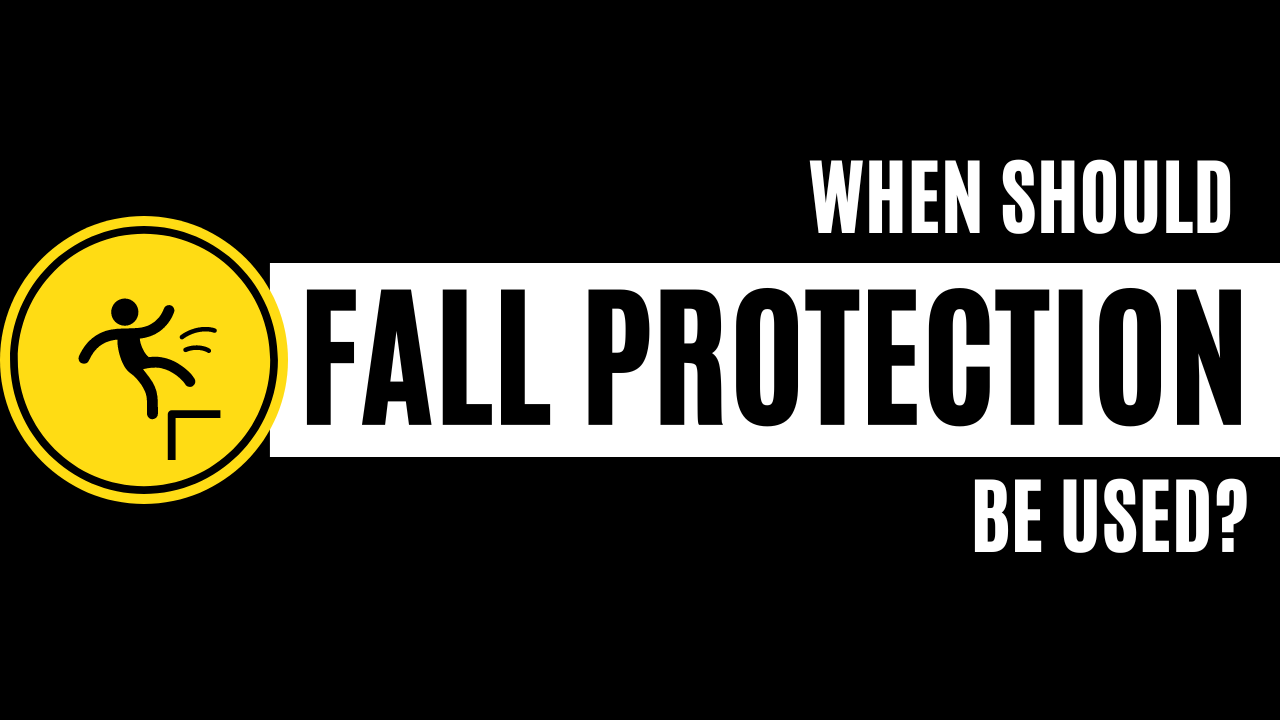
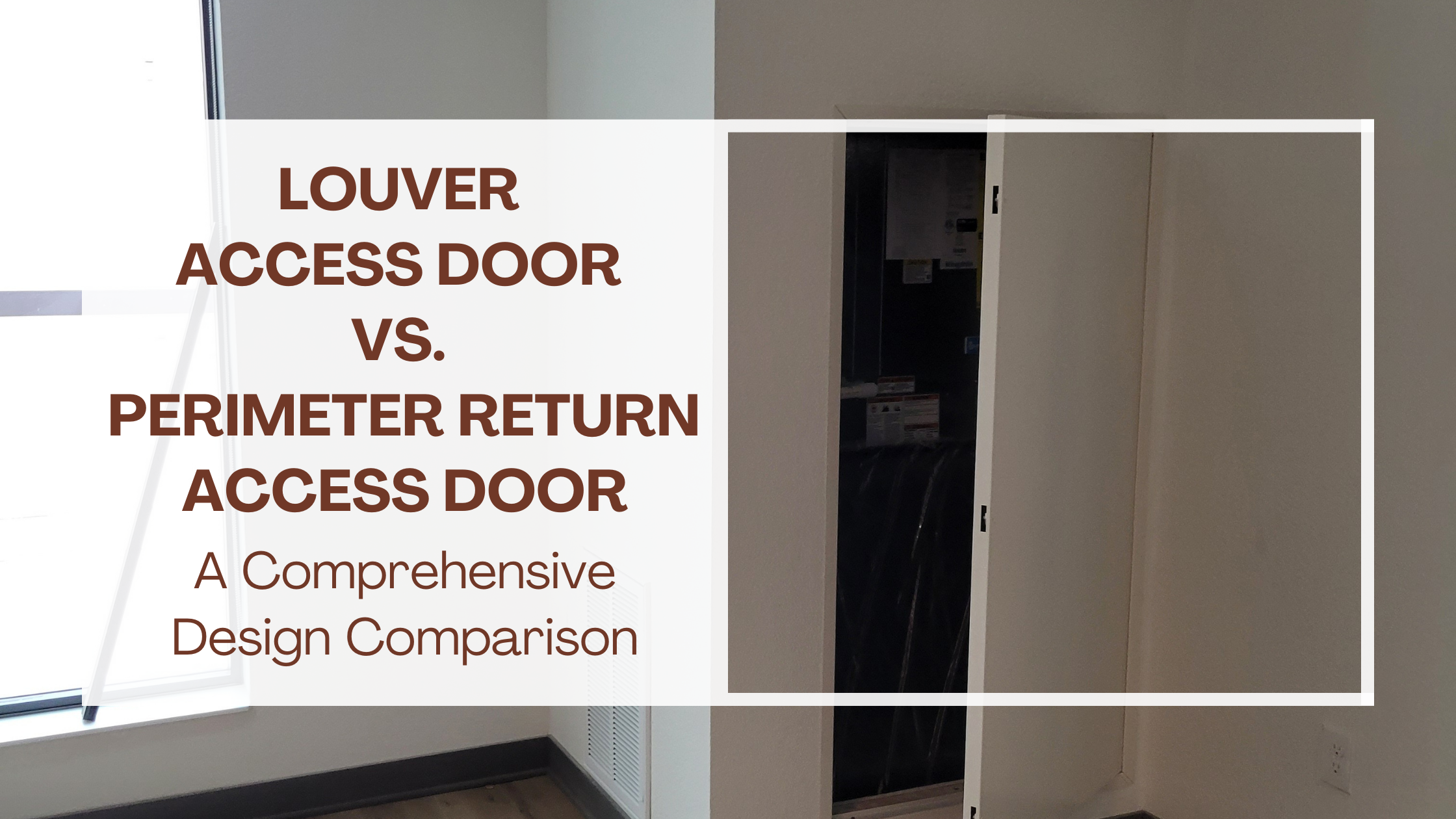

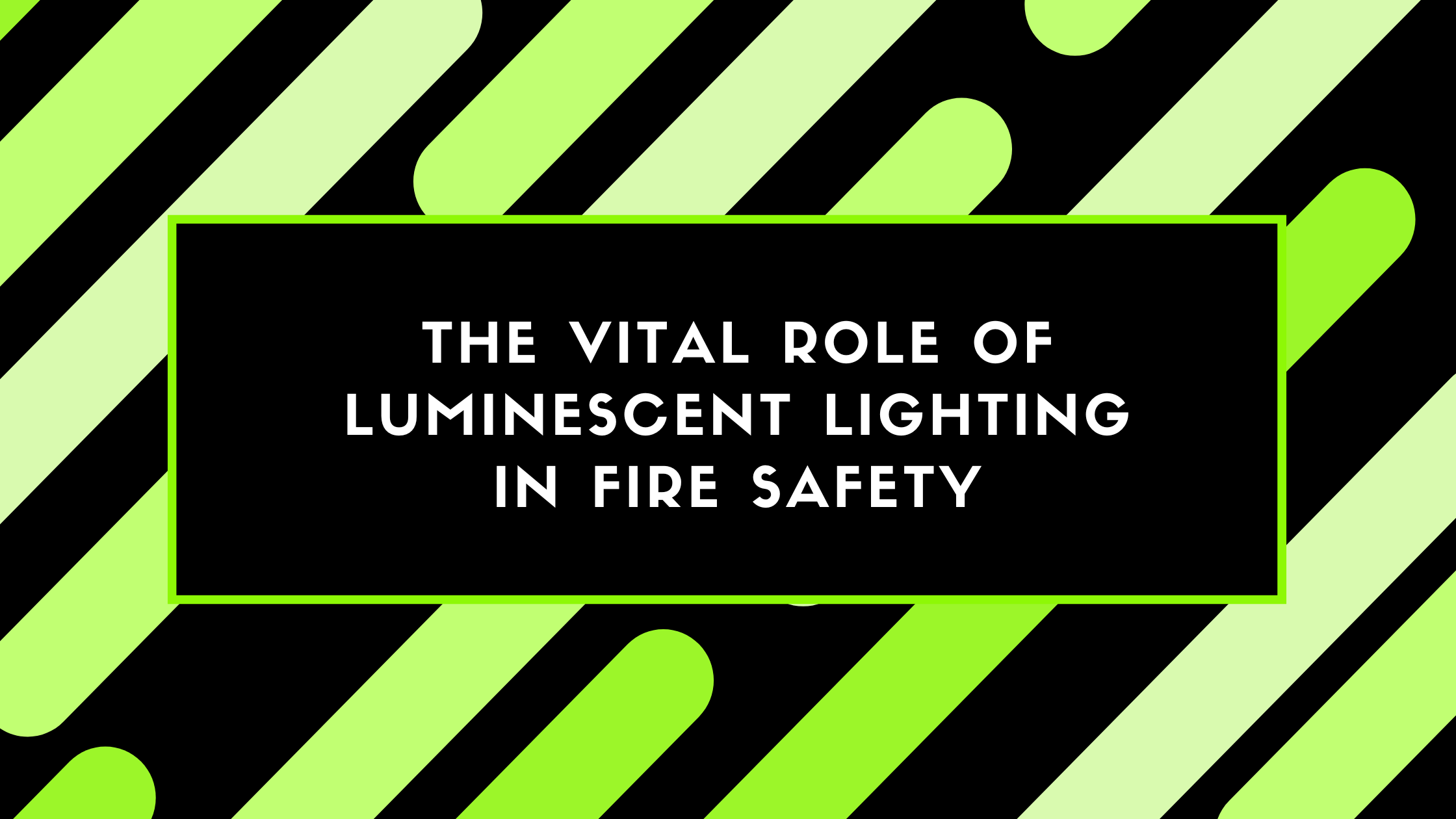
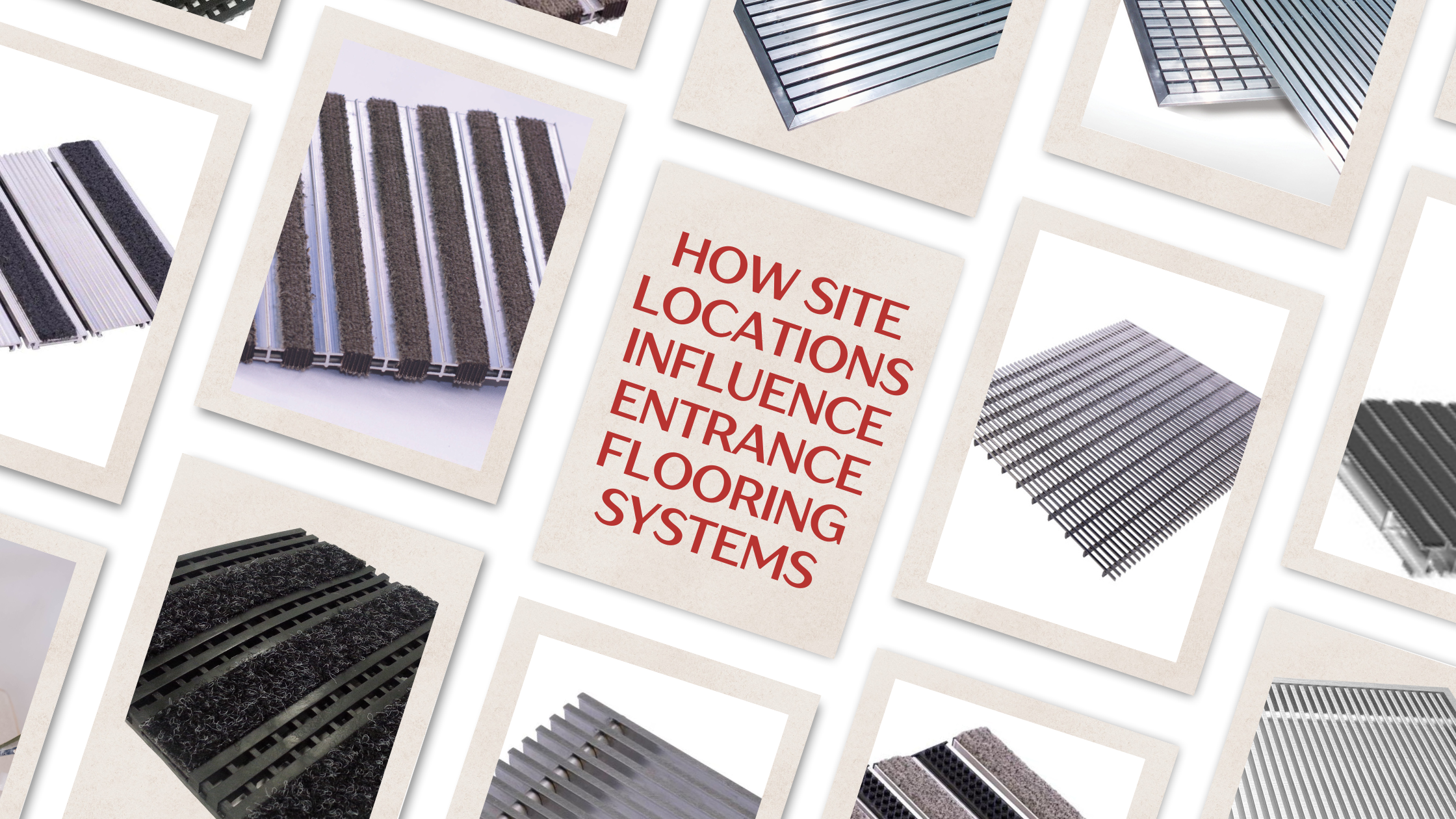

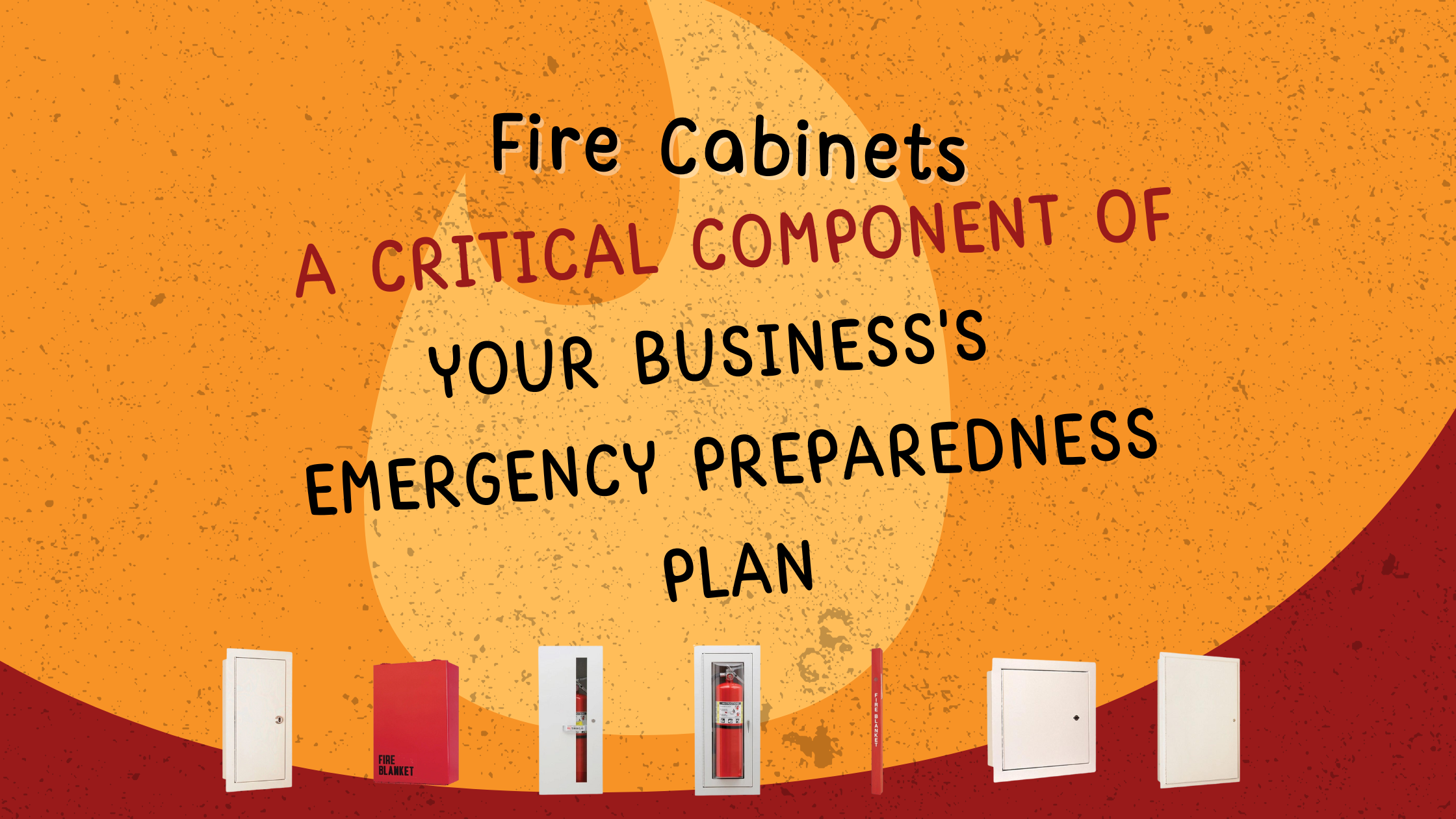


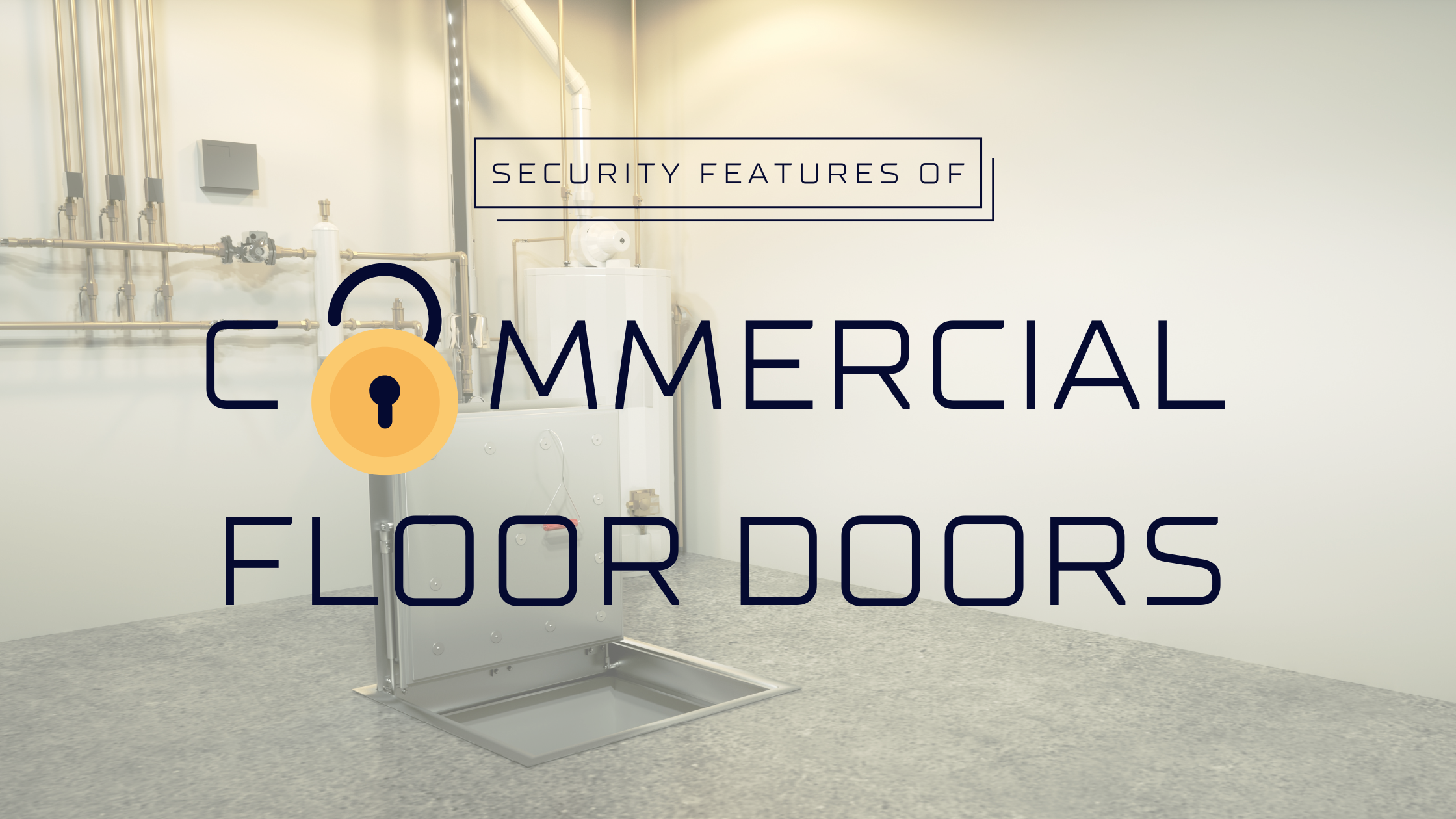
.png)